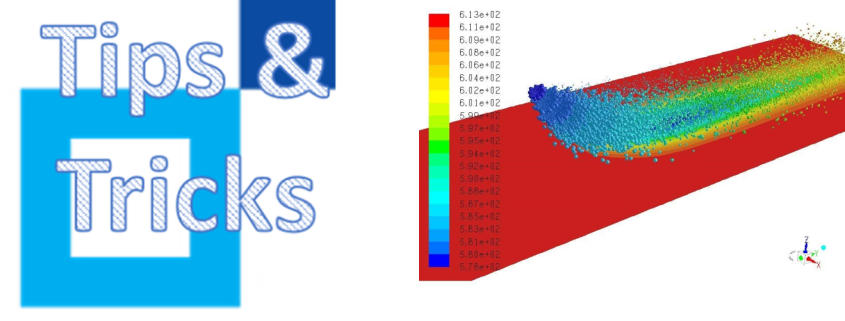

in any sequence to achieve mesh refinement exactly where you want it. Your control of the mesh can be as simple as accepting the physics-aware global mesh control defaults or you can take a fine comb and specify edge, node, face, body sizing, etc. It is flexible in that you can mix/match mesh methods for different bodies and sequence them as you wish. I would sum up the Ansys meshing workflow as flexible, parametric, and iterative. So how do you use these tools? Let us review that next because while the general steps are similar, the workflow from cad to finished mesh differs significantly. It is seamless.įigure 6: Fluent Meshing Volume Mesh Methods Meshing Workflows


Figure 1 shows Ansys meshing component in Workbench as well as the CFD analysis systems with Ansys meshing. One can drag a mesh component system onto the project or bring it in as part of an analysis system. Its physics-aware mesh settings allow you to tailor meshes for Electromagnetics, Structural FEA, CFD, etc. Ansys Meshing Workbench IntegrationĪnsys meshing is a staple of the workbench environment. In particular, let us cover how both integrate with Ansys Workbench. Let us start with how these two fit into the Ansys CFD workflow.


 0 kommentar(er)
0 kommentar(er)
